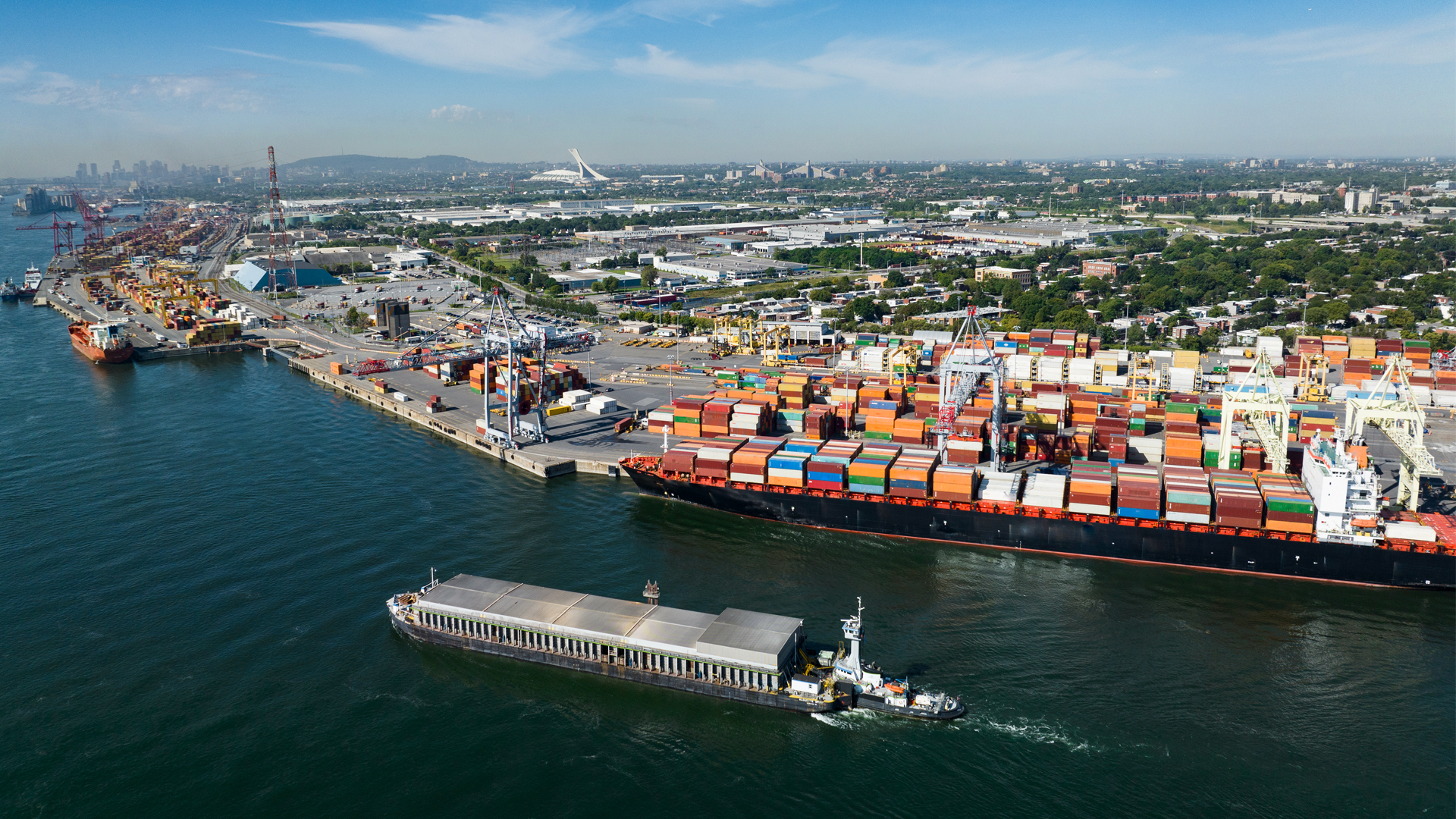
The rise of the South is unprecedented in its speed and scale. For the first time in 150 years, the combined output of the developing world’s three leading economies — Brazil, China and India — is about equal to the combined GDP of the longstanding industrial powers of the North — Canada, France, Germany, Italy, United Kingdom and the United States.
This represents a dramatic rebalancing of global economic power: In 1950, Brazil, China and India together represented only 10 percent of the world economy, while the six traditional economic leaders of the North accounted for more than half. According to projections in the Report, by 2050, Brazil, China and India will together account for 40 percent of global output, far surpassing the projected combined production of today’s Group of Seven bloc.
The South is now emerging alongside the North as a breeding ground for technical innovation and creative entrepreneurship. In North-South trade, the newly industrializing economies have built capabilities to efficiently manufacture complex products for developed country markets. But South-South interactions have enabled companies in the South to adapt and innovate with products and processes that are better suited to local needs.
All developing countries are not yet participating fully in the rise of the South. The pace of change is slower, for instance, in most of the 49 least developed countries, especially those that are landlocked or distant from world markets. Nevertheless, many of these countries have also begun to benefit from SouthSouth trade, investment, finance and technology transfer. There have, for example, been positive growth spillovers from China to other developing countries, particularly close trading partners. These benefits have to some extent offset slackening demand from the developed countries.
Many countries have also benefited from spillovers into sectors that contribute to human development, especially health. Indian firms, for example, are supplying affordable medicines, medical equipment, and information and communications technology products and services to countries in Africa. Brazilian and South African companies are doing the same in their regional markets.
How have so many countries in the South transformed their human development prospects? Across most of these countries, there have been three notable drivers of development: a proactive developmental state, tapping of global markets and determined social policy and innovation. They challenge preconceived and prescriptive approaches: on the one hand, they set aside a number of collectivist, centrally managed precepts; on the other hand, they diverge from the unfettered liberalization espoused by the Washington Consensus.
Driver 1: A proactive developmental state
Countries that have succeeded in igniting sustained growth in income and human development have not followed one simple recipe. Faced with different challenges, they have adopted varying [policies] on market regulation, export promotion, industrial development and technological adaptation and progress. Although this poses some political risks of rent seeking and cronyism, it has enabled several countries of the South to turn industries previously derided as inefficient into early drivers of export success once their economies became more open.
Investing in people’s capabilities through health, education and other public services — is not an appendage of the growth process but an integral part of it. Rapid expansion of quality jobs is a critical feature of growth that promotes human development.
Driver 2: Tapping of global markets
All newly industrializing countries have pursued a strategy of “importing what the rest of the world knows and exporting what it wants.” But even more important are the terms of engagement with these markets. Without investment in people, returns from global markets are likely to be limited. Success is more likely to be the result not of a sudden opening but of gradual and sequenced integration with the world economy, according to national circumstances, and accompanied by investment in people, institutions and infrastructure.
Smaller economies have successfully focused on niche products, the choice of which is often the result of years of state support built on existing competencies or the creation of new ones.
Driver 3: Determined social policy innovation
Few countries have sustained rapid growth without impressive levels of public investment — not just in infrastructure, but also in health and education. The aim should be to create virtuous cycles in which growth and social policies reinforce each other. Growth has frequently been much more effective at reducing poverty in countries with low income inequality than in countries with high income inequality. Promoting equality, particularly among different religious, ethnic or racial groups, also helps reduce social conflict. Sectoral balance — especially paying attention to the rural sector — and the nature and pace of employment expansion are critical in determining how far growth spreads incomes.
The new arrangements promoted by the South and the resulting pluralism are challenging existing institutions and processes in the traditional domains of multilateralism — finance, trade, investment and health — sometimes directly and sometimes indirectly through alternative regional and subregional systems. Reforms in global institutions must be complemented by stronger cooperation with regional institutions — and in some cases broader mandates for those regional institutions. Many of the current institutions and principles for international governance were designed for a world order that does not match contemporary reality. One consequence is that these institutions greatly underrepresent the South. If they are to survive, international institutions need to be more representative, transparent and accountable. Indeed, some intergovernmental processes would be invigorated by greater participation from the South, which can bring substantial financial, technological and human resources.
The rise of the South is leading to a greater diversity of voice on the world stage. This represents an opportunity to build governance institutions that fully represent all constituencies that would make productive use of this diversity in finding solutions to world problems. New guiding principles for international organizations are needed which incorporate the experience of the South. The emergence of the Group of 20 is an important step in this direction, but the countries of the South also need more equitable representation in the Bretton Woods institutions, the United Nations and other international bodies.
Photo: Shutterstock







